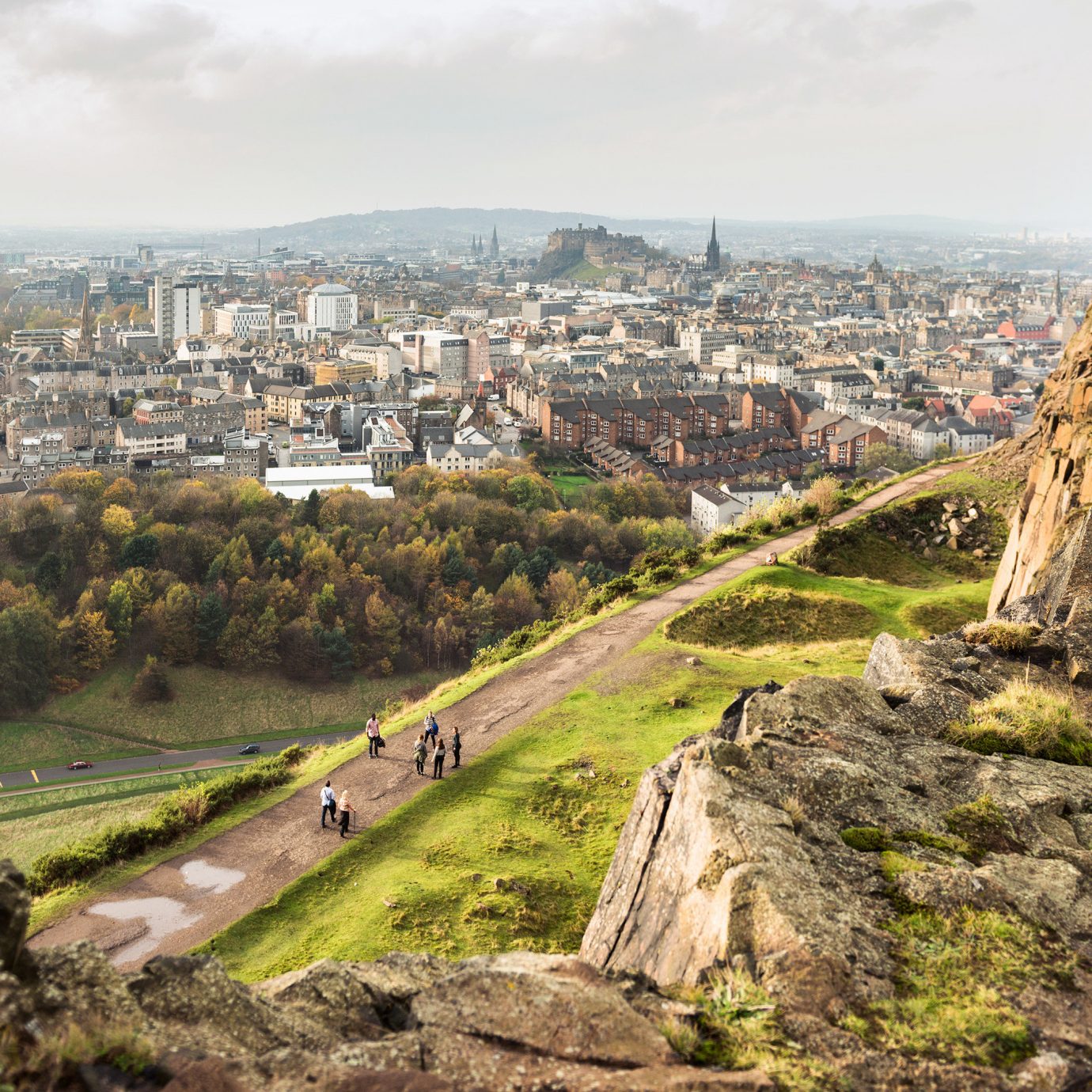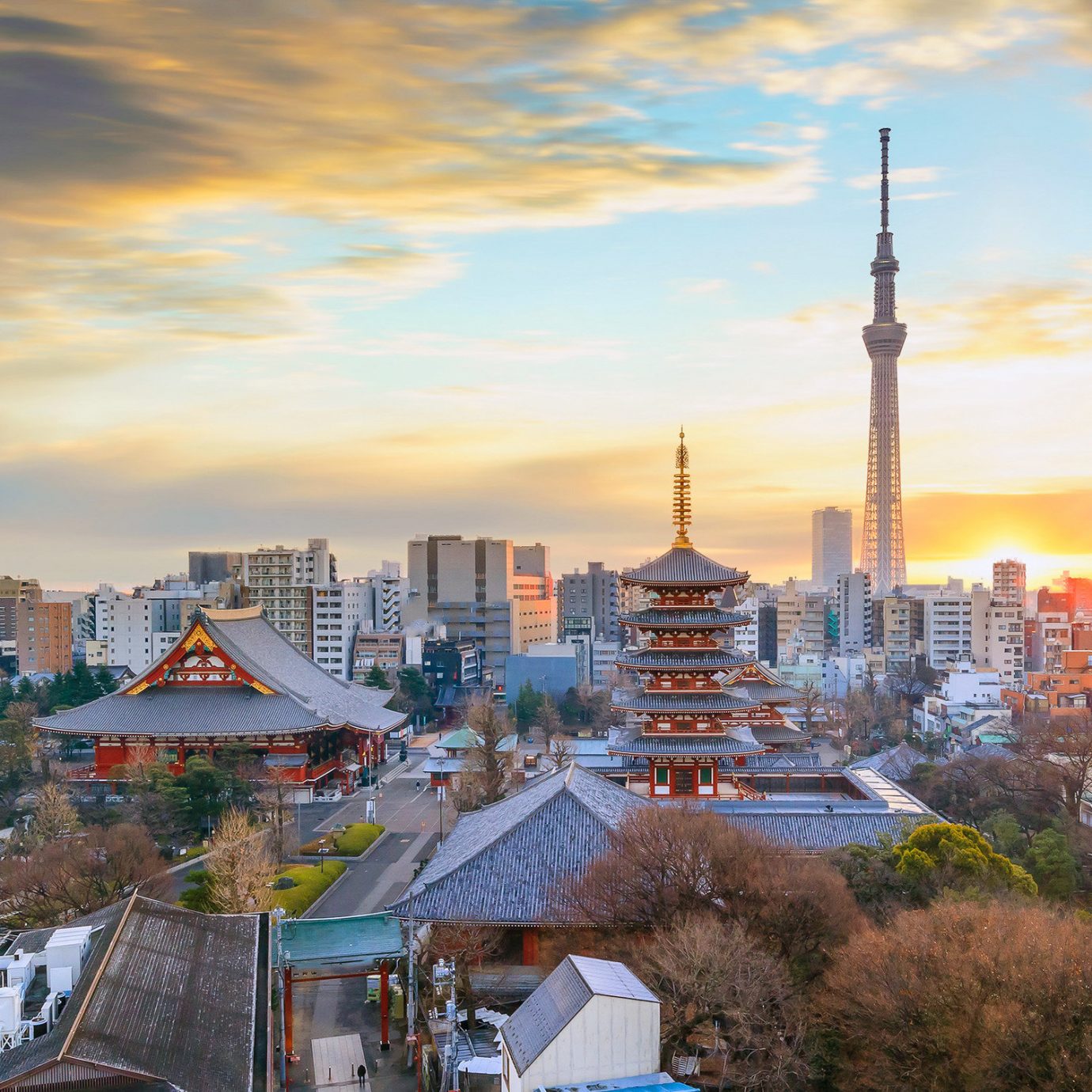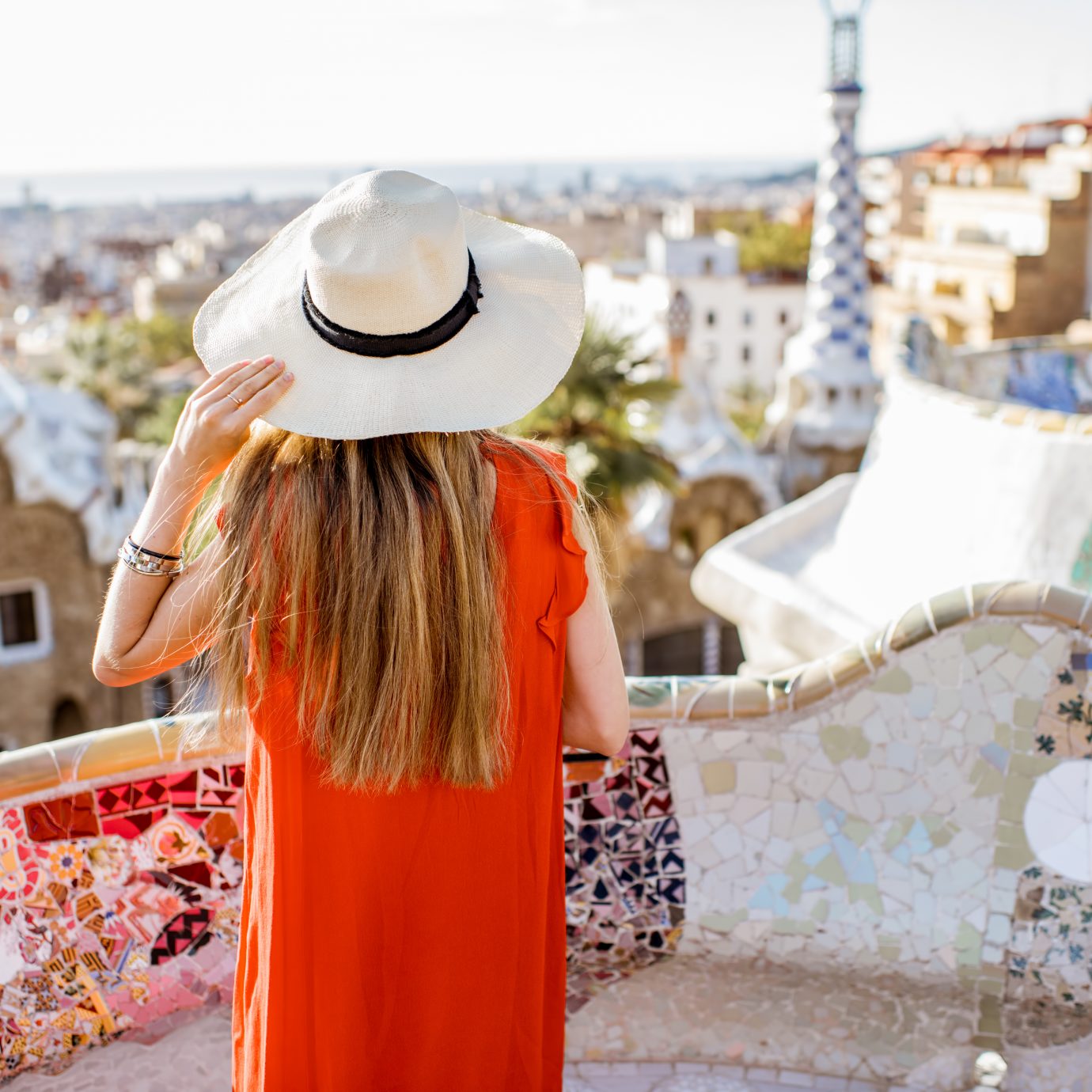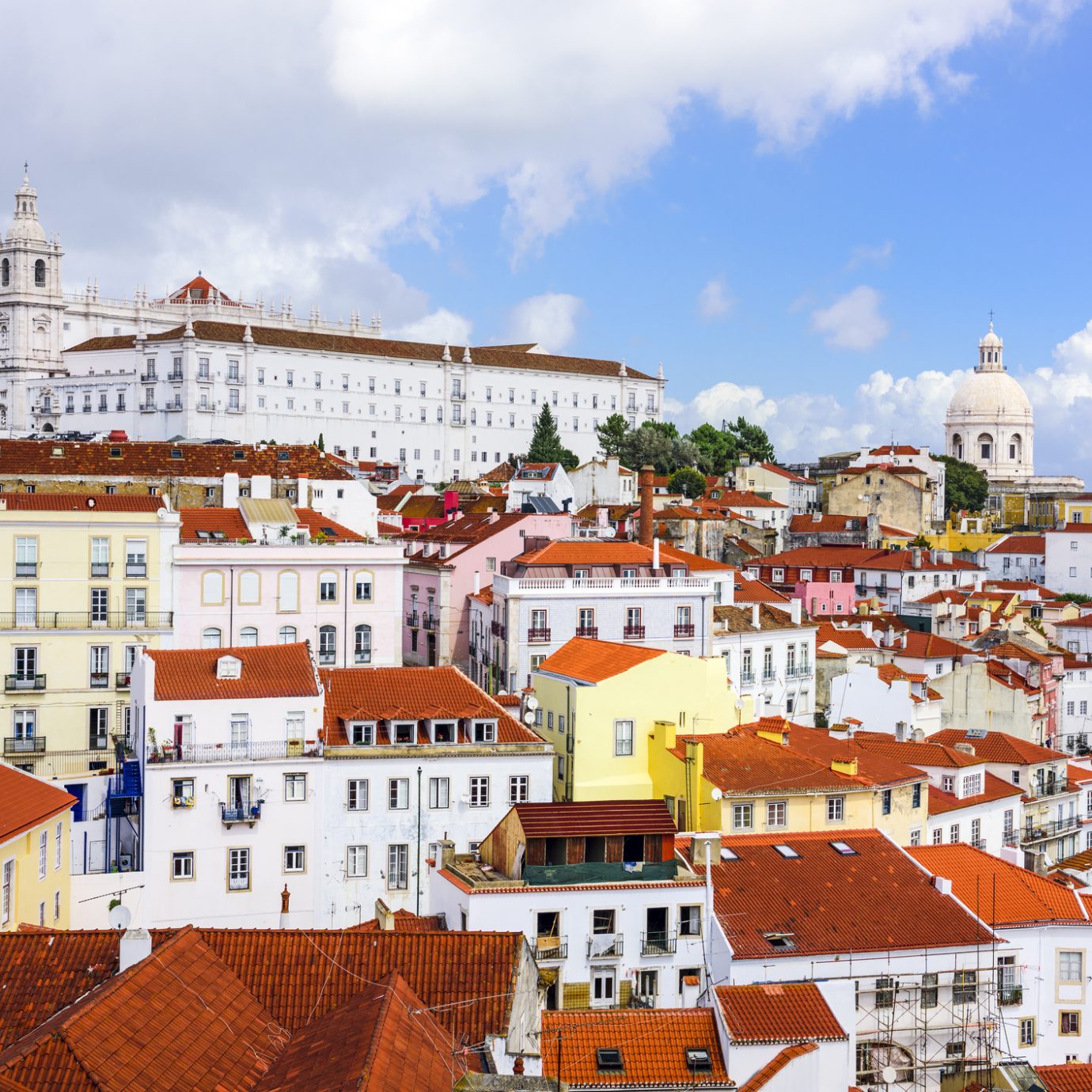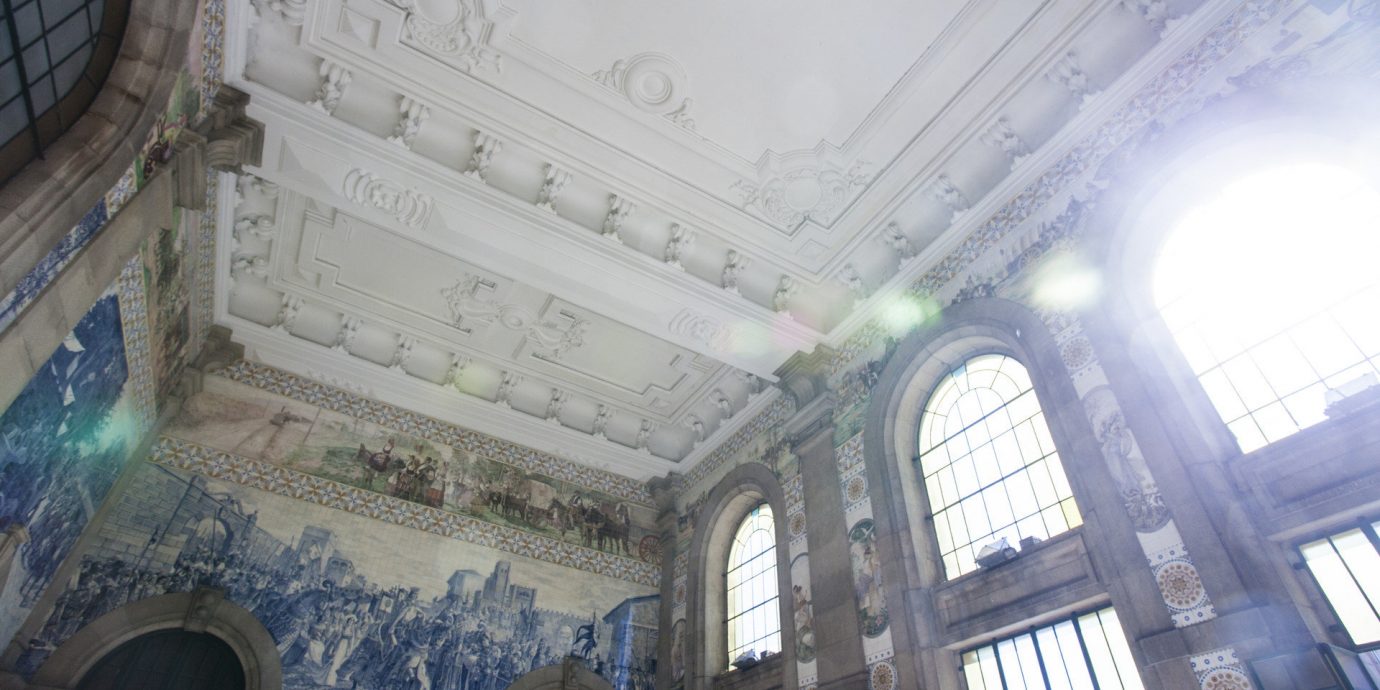
- 1 Union Station, LA
- 2 Grand Central, NYC
- 3 Estacao de Sao Bento, Porto, Portugal
- 4 World Trade Center Transportation Hub, NYC
- 5 Dunedin Station, Dunedin, New Zealand
- 6 St. Pancras International, London
- 7 Estación de Atocha, Madrid
- 8 Chhatrapati Shivaji Terminus, Mumbai
- 9 Antwerpen-Centraal Station, Antwerp
- 10 Gare du Nord, Paris
- 11 King’s Cross Station, London
- 12 Union Station, Washington DC
- 13 Liège-Guillemins Railway Station, Liège, Belgium
13 Beautiful Train Stations Around the World
Much like courthouses, bridges, and post offices, railway stations serve a municipal purpose first and foremost. But beyond jam-packed concourses, maze-like public restroom lines, and pure rush hour madness, these 13 stations kick it up a notch with stunning architecture and, in some cases, high-end eats. Go ahead, take a look.
A Brooklyn-based writer and editor, Chelsea's work has appeared in Matador Network, The Huffington Post, the TripAdvisor blog, and more. When not planning her next trip, you'll usually find her drinking way too much iced coffee (always iced—she’s from New England) or bingeing a Netflix original series.
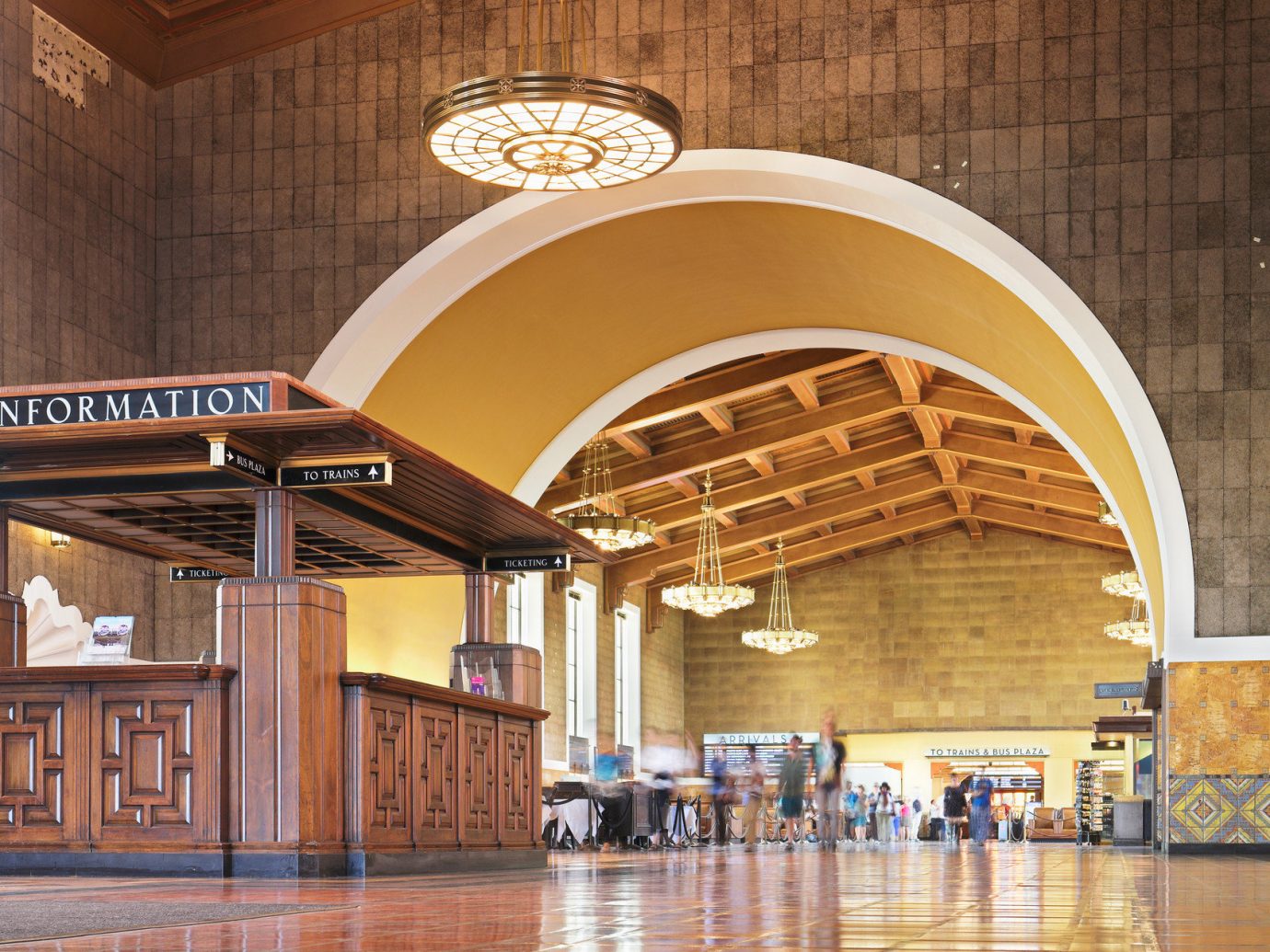
Union Station, LA
Talk about an architectural undertaking, LA’s Union Station cohesively mixes Art Deco, Mission Revival, Streamline Moderne, and Dutch Colonial Revival design thanks to a collaboration between designers John and Donald Parkinson and Jan van der Linden. Today, 110,000 passengers travel through the station connecting to local SoCal trains and long haul routes to Seattle, Chicago and New Orleans.
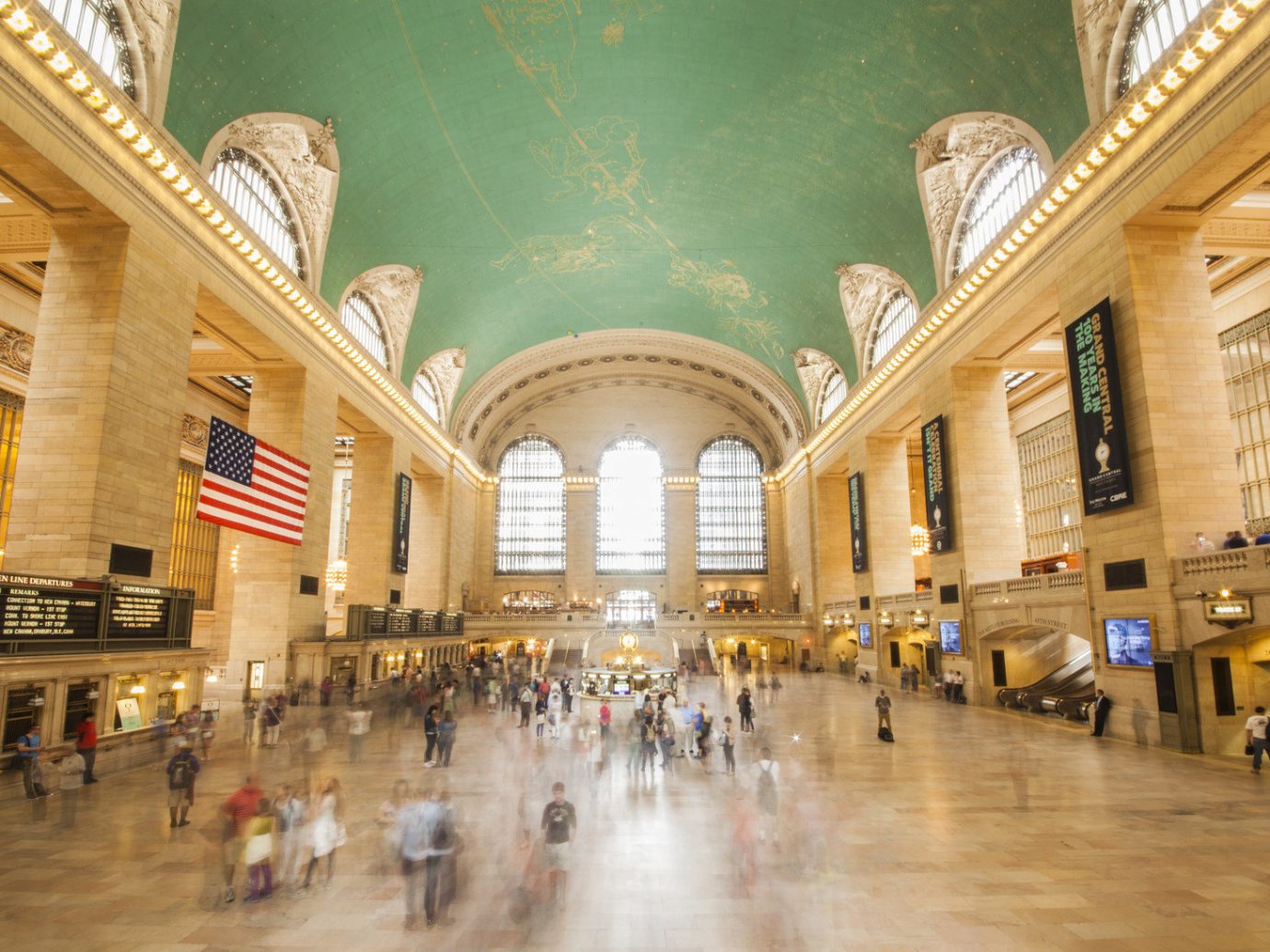
Grand Central, NYC
No surprise here – midtown Manhattan’s Grand Central Terminal is one of the world’s most visited tourist attractions with 21.6 million visitors each year (not to mention 750,000 commuters who move in and out each day). The station’s most recognizable (and most photographed) features include a vaulted zodiac ceiling painted by French artist Paul Helleu, a 13-foot Tiffany Clock and a double staircase fashioned after the Paris Opera House's.
RELATED: My City: New York
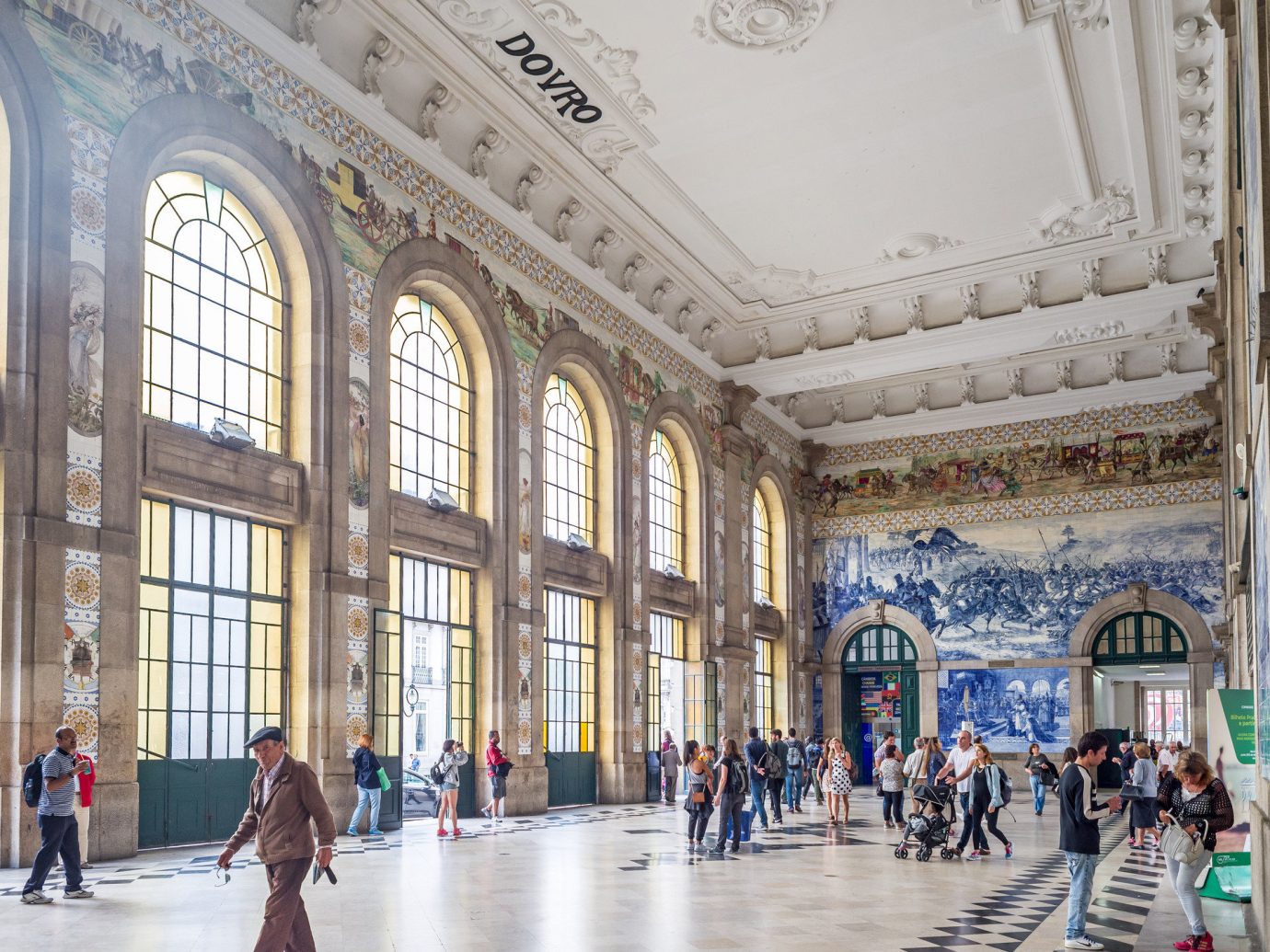
Estacao de Sao Bento, Porto, Portugal
Head to Almeida Garret Square, in the middle of Porto, and you'll find the Estacao de Sao Bento which is famous for its blue and white tiles. The 20,000-piece azulejo ceramic collection, painted by artist Jorge Colaço over a span of 11 years, illustrates significant moments in Portuguese history, including the Battle of Valdevez and King John I and Philippa of Lancaster's visit to Porto in 1387.
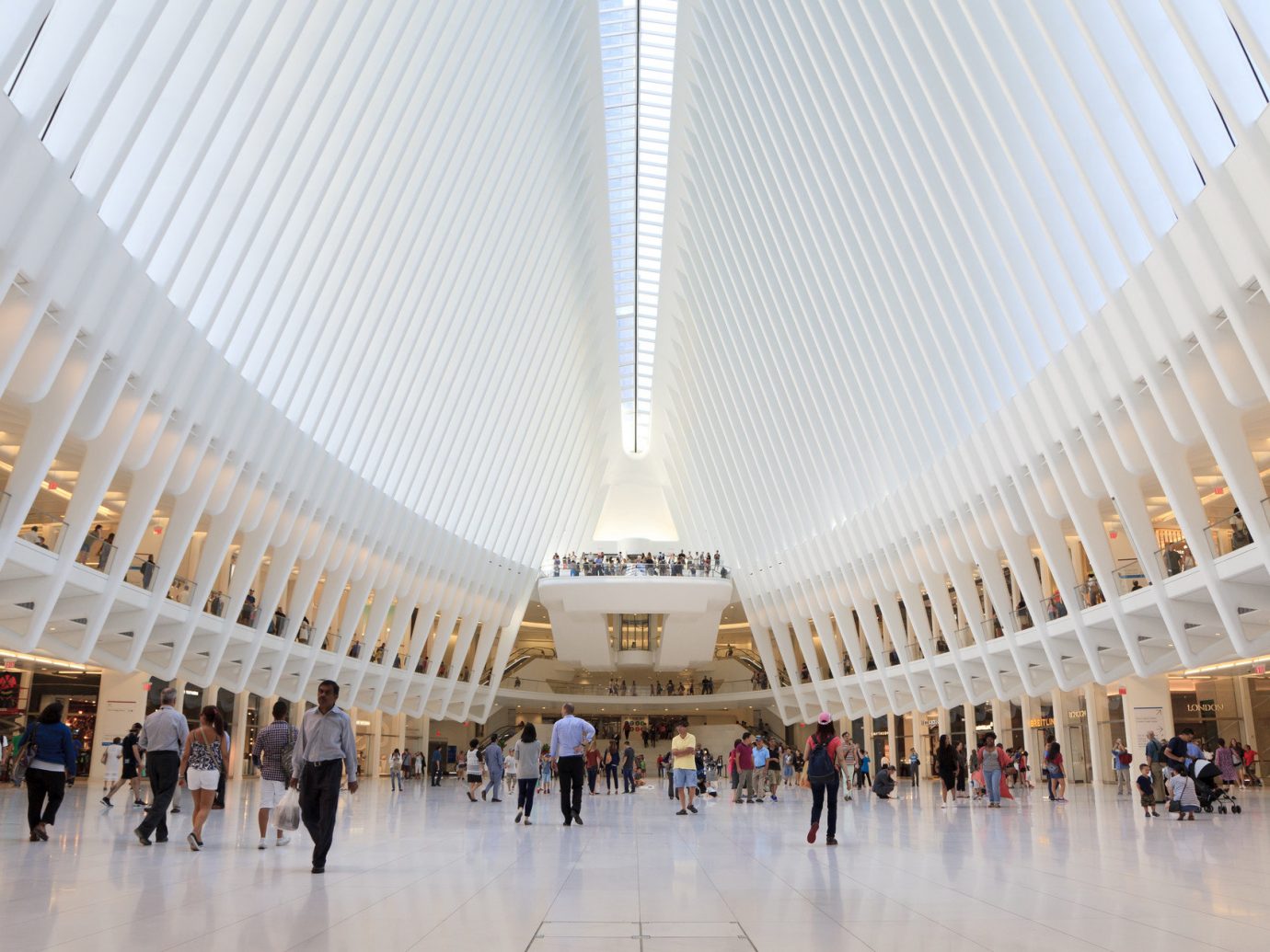
World Trade Center Transportation Hub, NYC
NYC is no stranger to next-level architecture, but the recently revealed World Trade Center Transportation Hub really made a splash with the Oculus, a multi-level, subterranean dining and shopping concourse. For those who are curious – Santiago Calatrava’s design took 12 years to complete (it was originally supposed to take five) and total construction costs rang in at $4 billion (though the original cost estimate was around $2.2 billion).
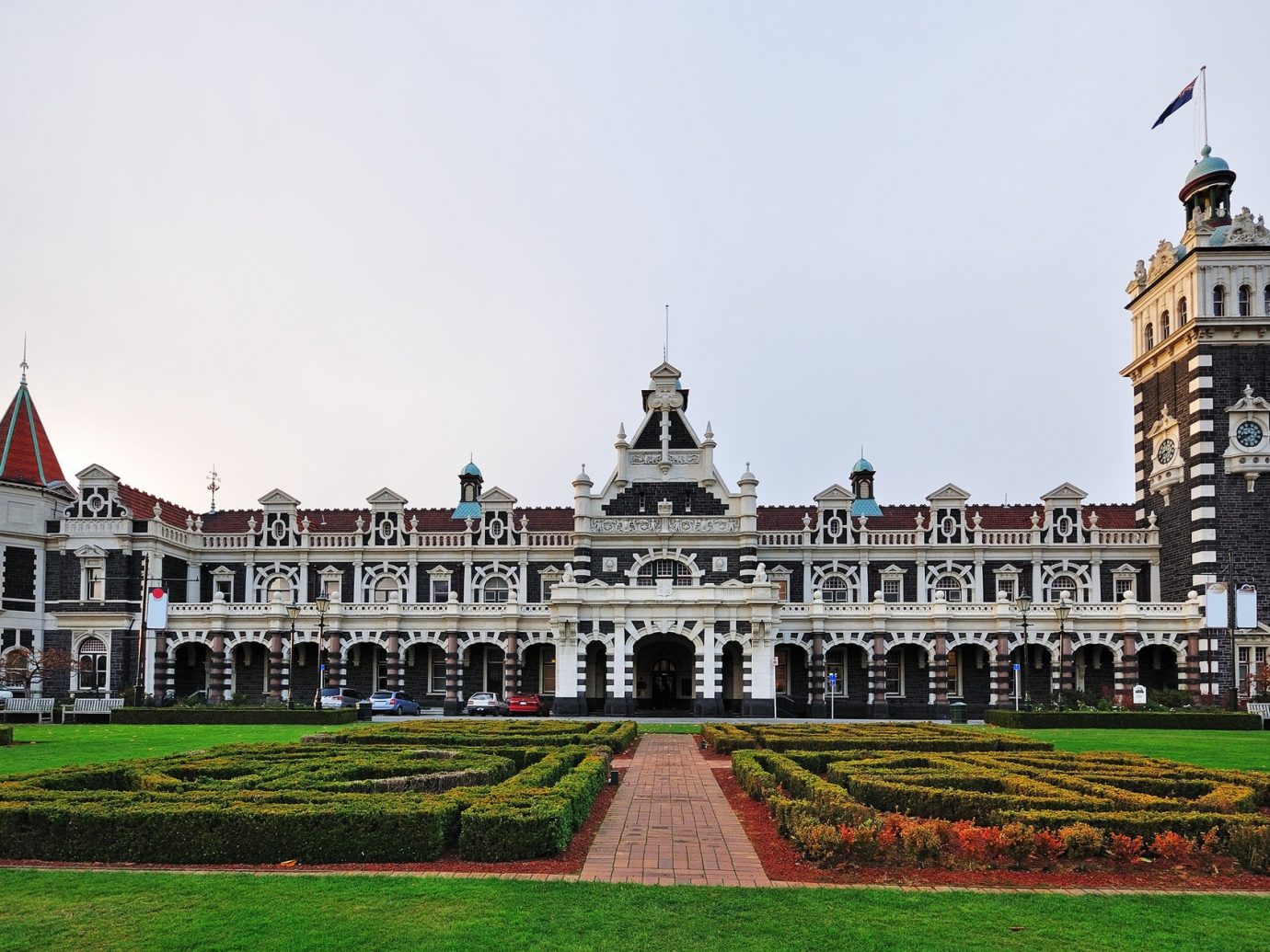
Dunedin Station, Dunedin, New Zealand
After the Edwardian Baroque-style Dunedin Station hit the NZ scene in 1906, designer George Troup was bestowed a new nickname: “Gingerbread George.” We think you're clever enough to see why.
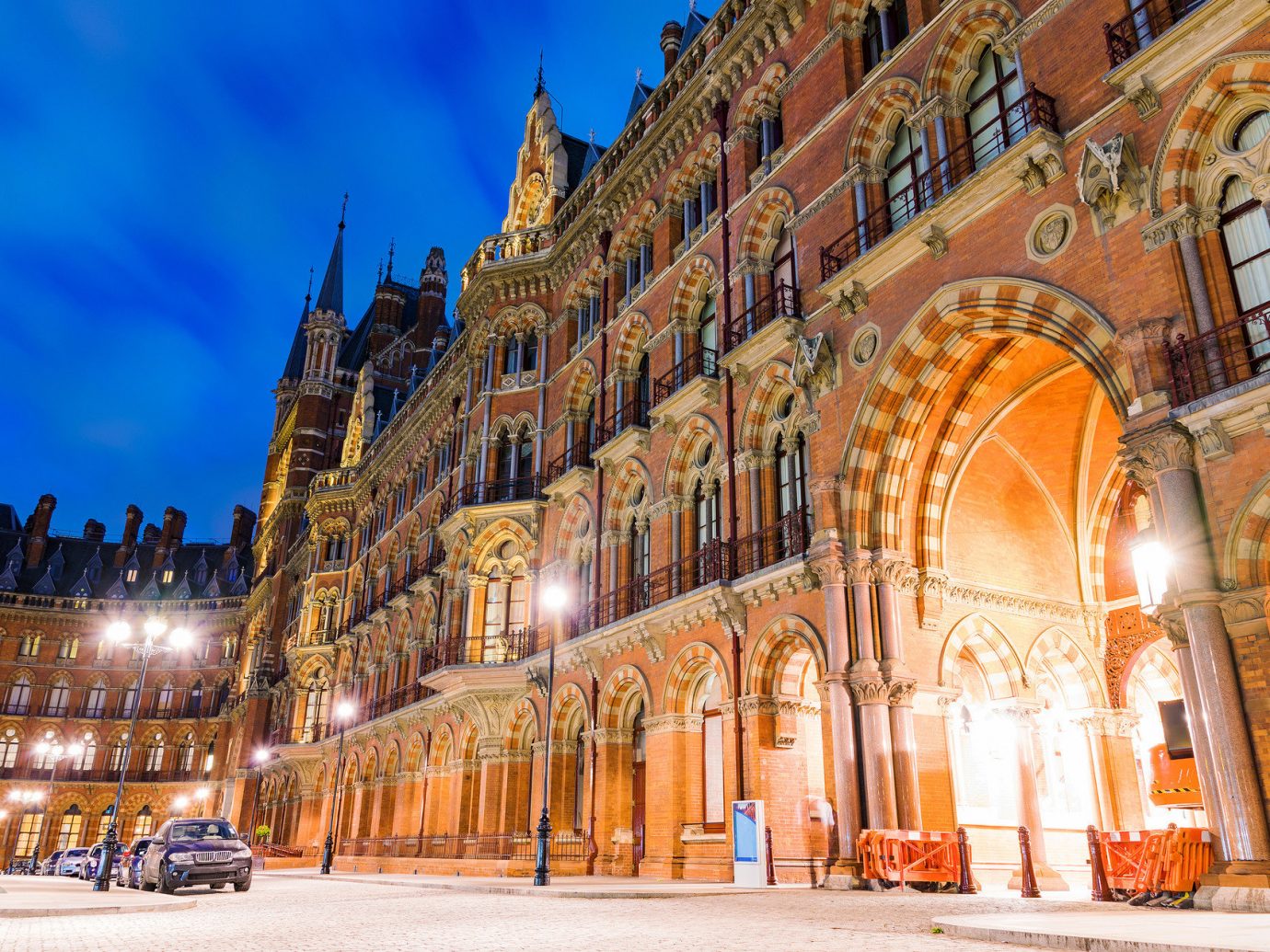
St. Pancras International, London
If looking over photos of the Victorian Gothic architecture of St. Pancras triggers some sort of deja vu, we'd be willing to bet you're a Bridget Jones's Diary fan. The station, dubbed the "cathedral of railways," along with The St. Pancras Renaissance Hotel (at the the front of the station) have had quite a bit of screen time between international films and BBC period dramas.
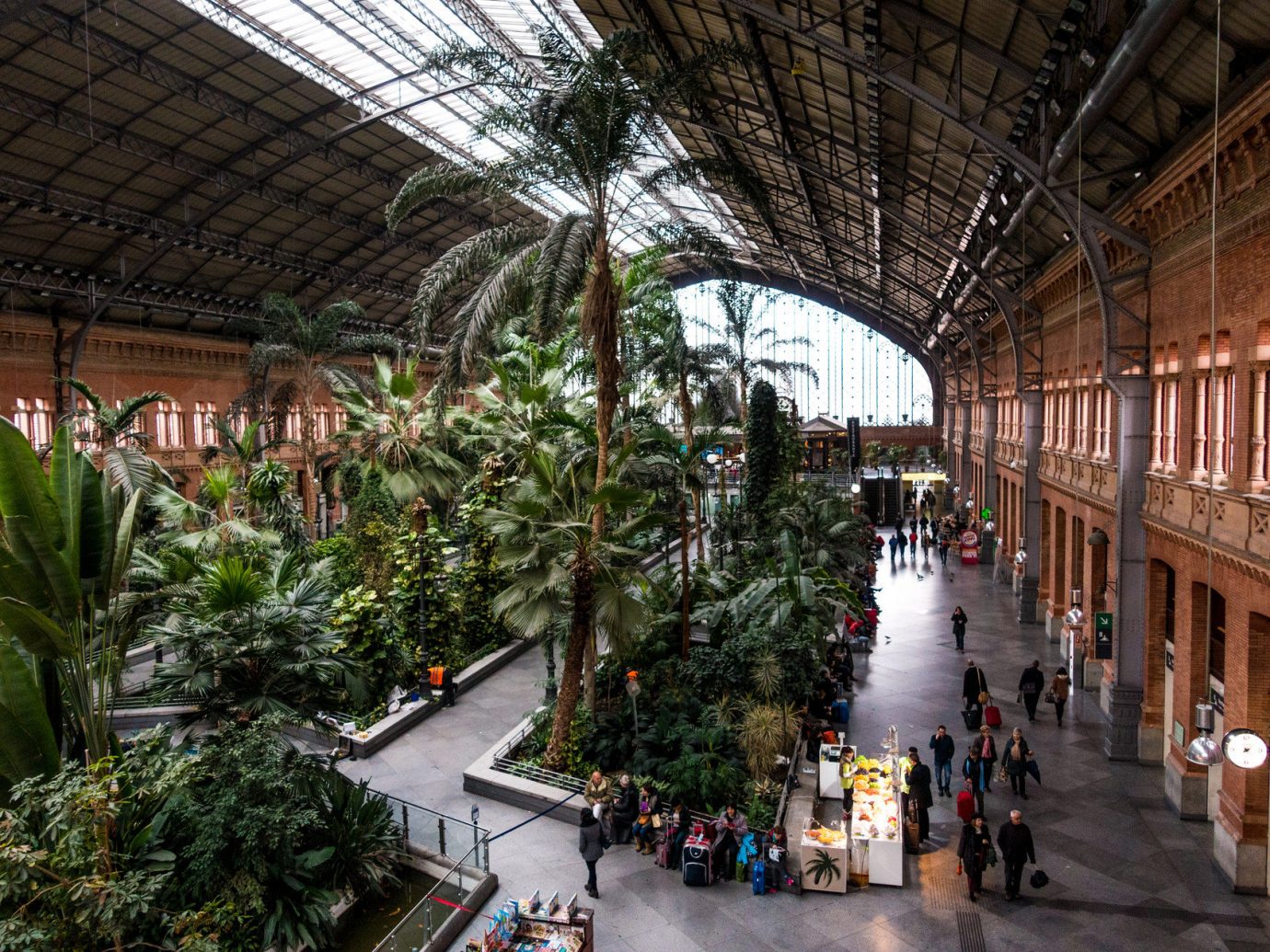
Estación de Atocha, Madrid
Located on the Plaza del Emperador Carlos V, Estación de Atocha is the largest in Madrid with service to Barcelona, Zaragoza, Seville, and Valencia. The original, largely wrought iron structure dates back to 1892 and was designed by Alberto de Palacio Elissagne, with a little help from Mr. Gustave Eiffel. Perhaps the most defining characteristic of the station is its now-converted original terminal which was transformed into an indoor tropical garden and shopping concourse in 1992.
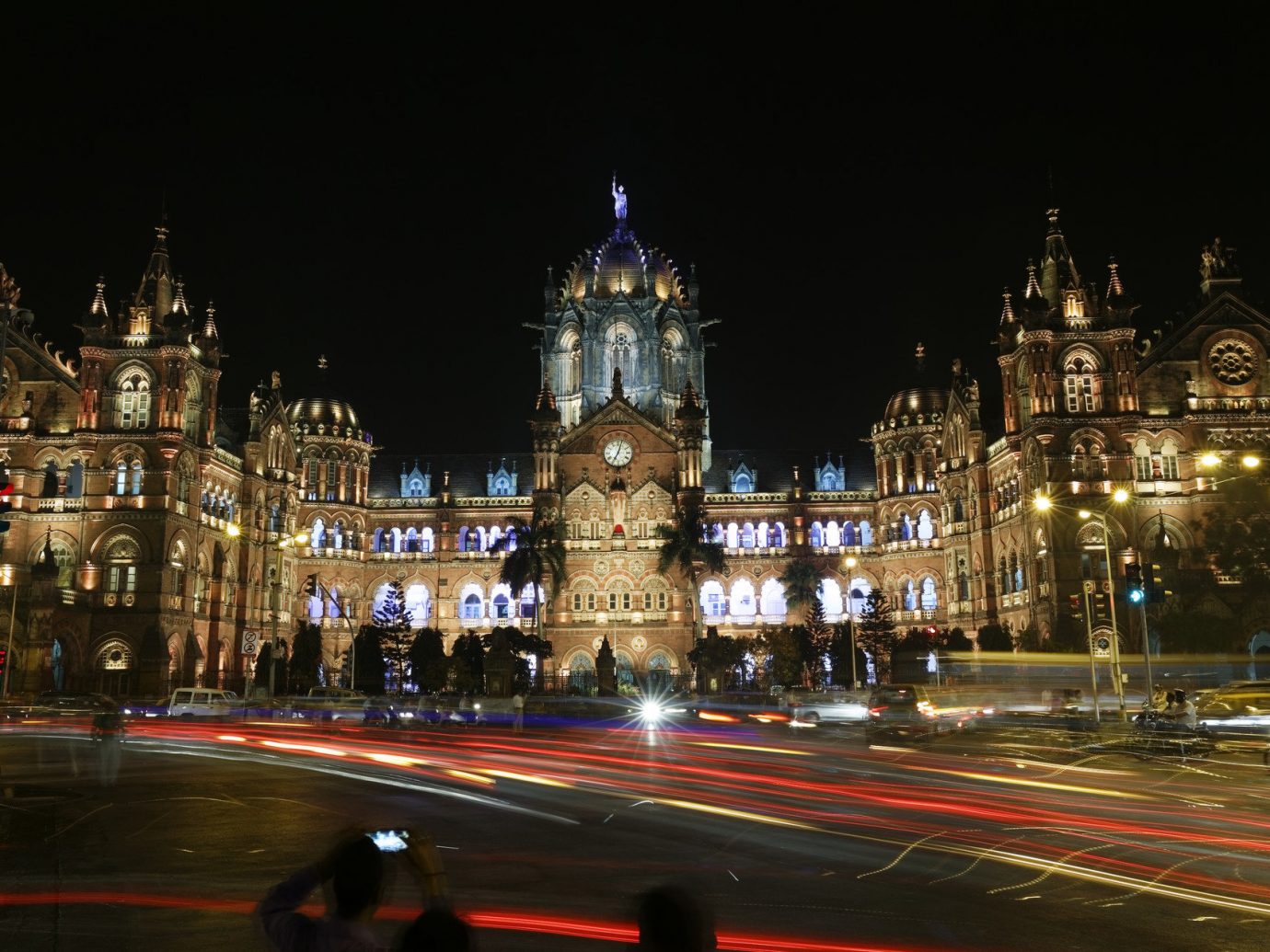
Chhatrapati Shivaji Terminus, Mumbai
One look at the Victorian Gothic Revival-style Chhatrapati Shivaji Terminus and it’s easy to see why it took 10 years to build. Believe it or not, the station, now a UNESCO World Heritage Site, still has its original 1878 facade made of Italian marble, polished granite, and white limestone, as well doors made from Burma teak wood.
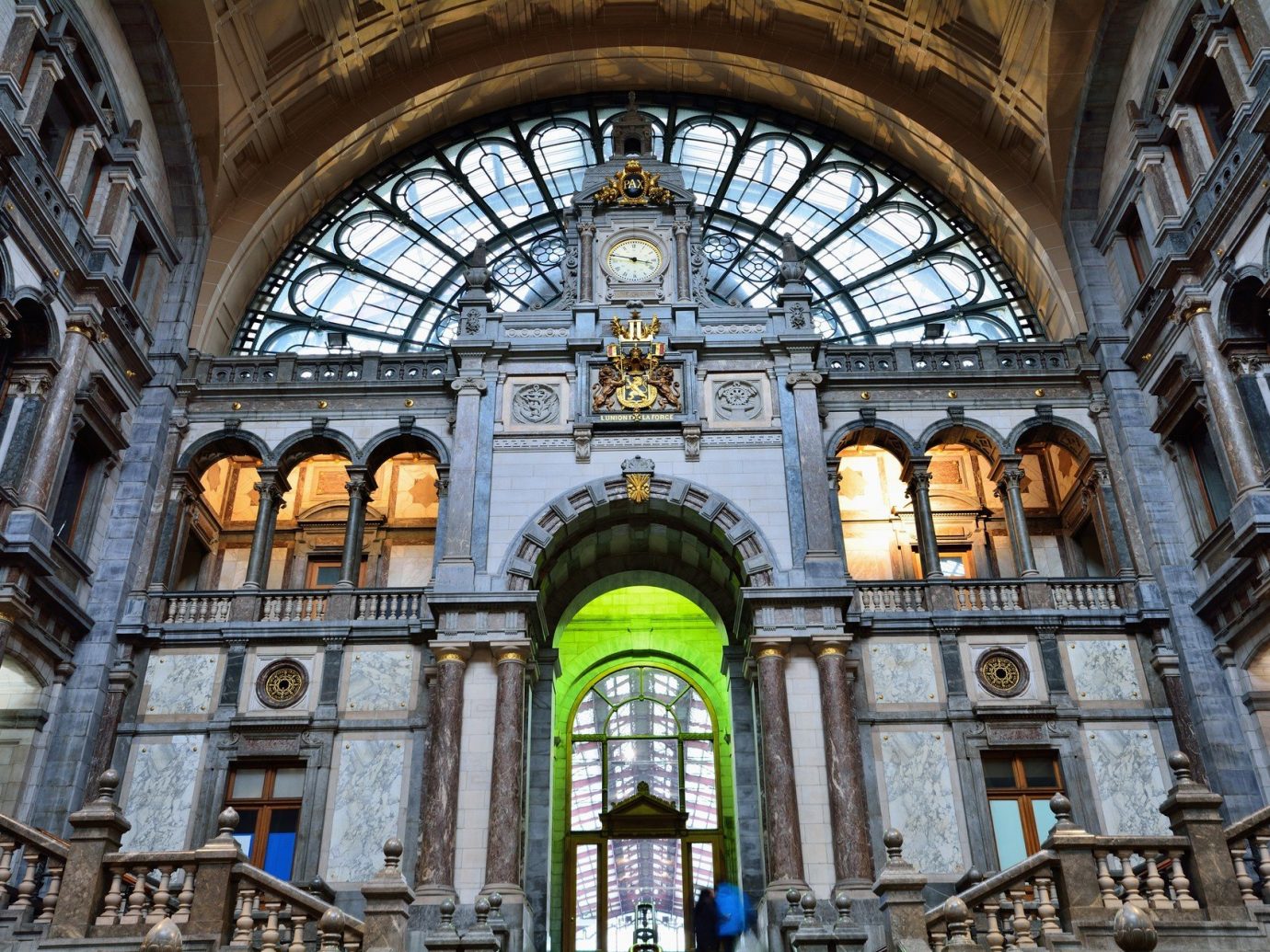
Antwerpen-Centraal Station, Antwerp
The ornate Antwerpen-Centraal Station employs so many far-ranging design aesthetics that it simply can’t be categorized by one architectural style. Some of the most notable aspects of Louis Delacenserie's four-story design – which was inspired, in part, by the Pantheon – include an enormous iron and glass domed roof, a central clock accented by elaborate stonework, and all-around mirror and gold leaf detailing.
RELATED: 9 European Cities You Probably Haven't Visited Yet – But Totally Should
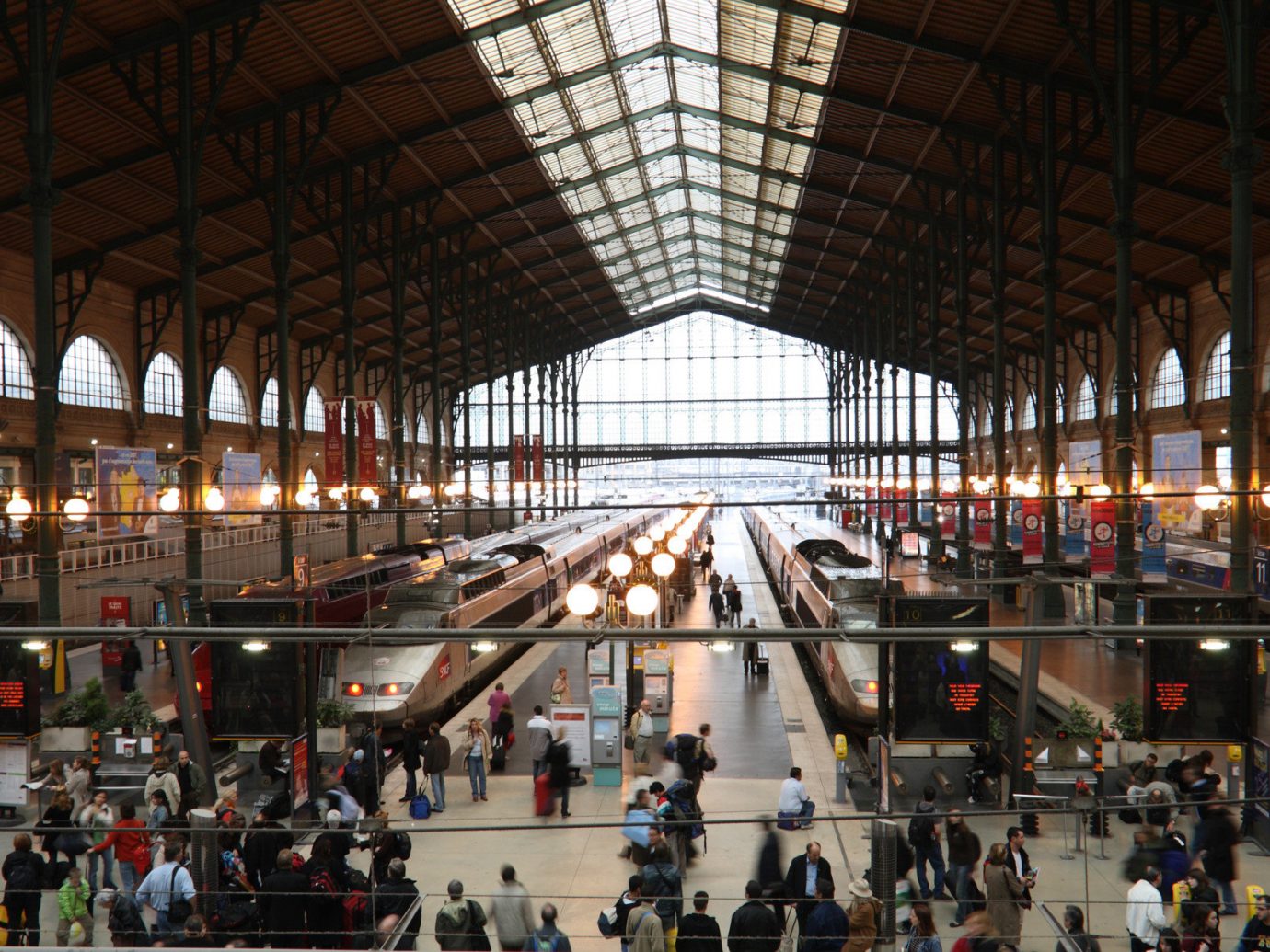
Gare du Nord, Paris
Built between 1861 and 1864 by architect Jacques Hittorff, Paris’s Gare du Nord sees 190 million travelers each year. As the busiest station in Europe, it operates 34 platforms, ushering commuters between France and Belgium, Germany, the Netherland and the UK. While train station food is usually nothing to write home about, this fall sees the addition of a brasserie from two-star Michelin chef Thierry Marx.
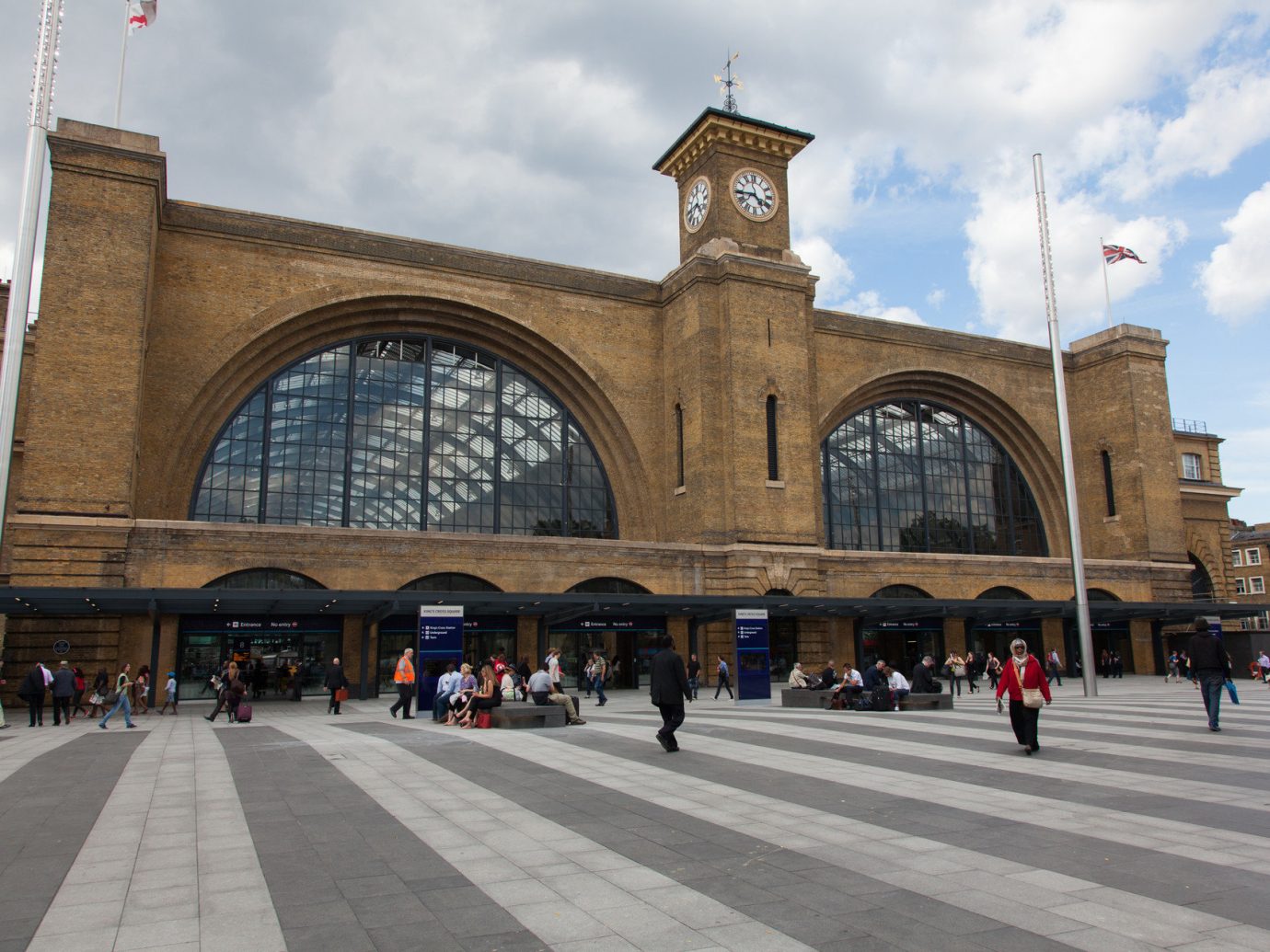
King’s Cross Station, London
In 1852, King’s Cross Station opened on the northern edge of central London in order to service Leeds, Newcastle and Edinburgh. Fast-forward to current day and along with commuters, you'll find Potterheads flooding the station for pics in front of Platform 9 ¾, which was just added last year (sadly, we’re still holding out for the Hogwarts Express).
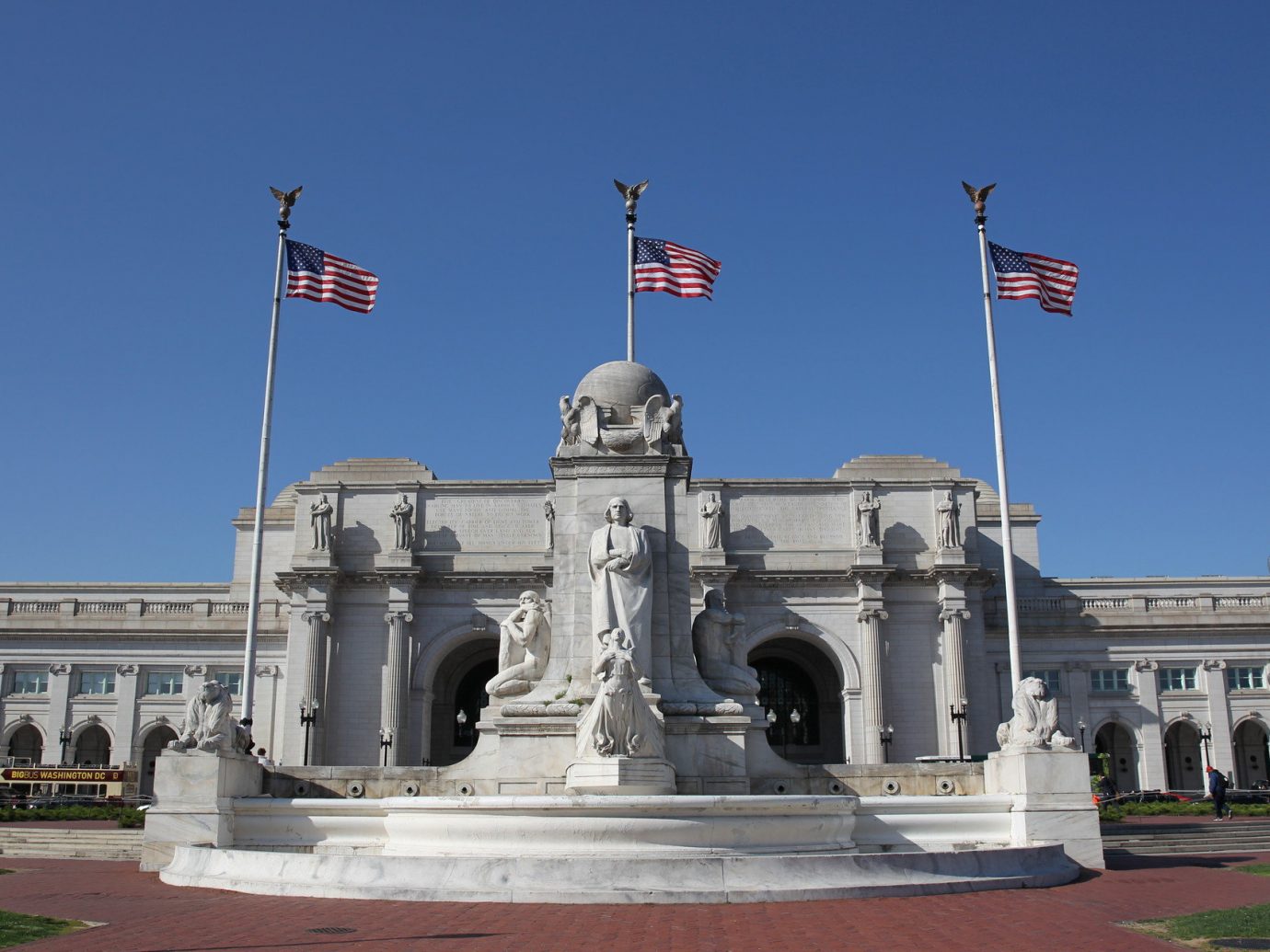
Union Station, Washington DC
If you’ve ever wondered where Amtrak’s HQ is (certainly someone has thought it, right?) then here’s your answer. While DC’s Union Station saw the height of its traffic during World War II, the Beaux-Arts style building still transports 5 million passengers annually and sees 40 million visitors each year.
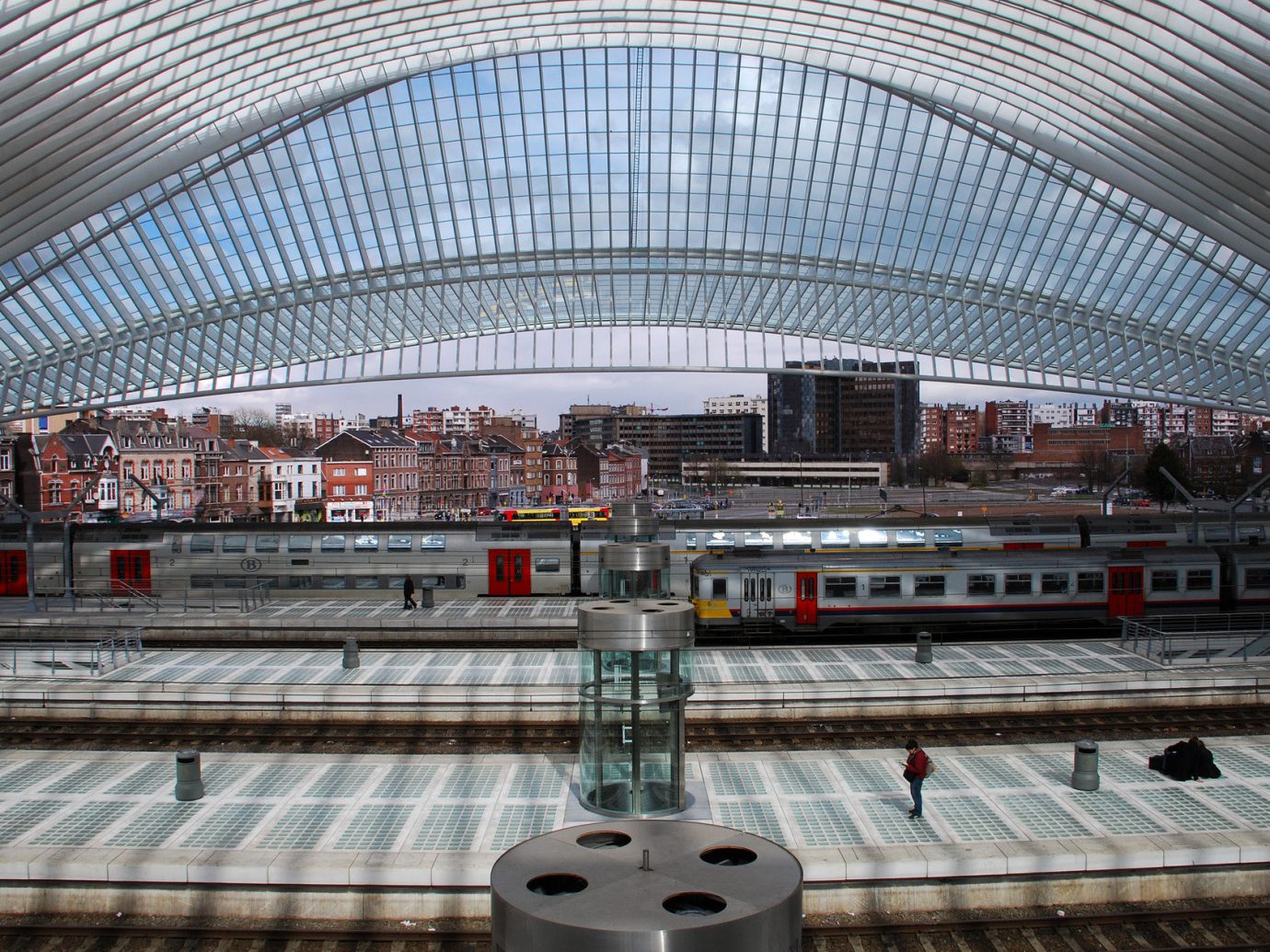
Liège-Guillemins Railway Station, Liège, Belgium
Just three years after the debut of Europe's first continental railway, Liège-Guillemins opened in 1838. The third largest station in Belgium, it was originally in the Beaux-Arts style, but was updated in 1905 for its appearance at the World Fair, and then again in 2009 – by Santiago Calatrava – before settling into its current look: steel, glass and white concrete.
Want more?
- 11 Eye-Popping Architecture Hotels
- The Coziest Scarves for Travel
- The World’s Most Beautiful Bridges
Comments
All products are independently selected by our writers and editors. If you buy something through our links, Jetsetter may earn an affiliate commission.
Become a Jetsetter.
Use our insider connections to know where to go and what to do.
By proceeding, you agree to our Privacy Policy and Terms of Use.
Thanks for Signing Up!

